After nearly twenty years focussing on our smallholding in Portugal we're now enjoying the huge variety of wild flowers (and garden escapes) which are popping up everywhere we look. Keep your eyes open and you'll see them too, on roadsides, country paths, in woodland, parks (if they're not too manicured), the edges of farmers fields (if they're not spraying herbicides,) the coast, grassland, your lawns if they're not kept meticulously, pond margins, building sites and, in fact, everywhere you take the time to look. My knowledge of nature is broad but not detailed so the more I look, the more I realise how much I don't know. I also realise how much of my knowledge dates back 45 to 50 years and stems from school field trips and second year botany at university when I learned some plant classification and how to recognise certain characteristics of plant families.
I'll start where I finished my last effort, at Bulverhythe. It's not the most inspiring cycle and walking path. It runs alongside the railway line from the end of St Leonards "promenade" to the Ravenside Retail Park by Glyne Gap Beach and it's protected from erosion by huge granite boulders dumped at the top of the shingle beach though winter storms often throw the shingle right over the path and even through the fence onto the railway's side. That description doesn't sound like an ideal environment for wild flowers but that's exactly where the Sea Kale flourishes. Alongside it there are lots of Yellow Horned Poppies.
There are also a few Bladder Campions, close relative of the beautiful Red Campions which I mentioned before and now the White Campions are appearing too. A quick look at the flowers reveals the family likeness.
It's a bit like looking at photos of me and my sisters and our unmistakeable family resemblance. According to Wikipedia the leaves of Bladder Campions have been popular in salads, a form of gazpacho and in risottos, while White Campion is mildly toxic.
Then there are quite a few Tree Mallows which, if you take the time to look are unmistakably related to their showy relatives the tropical and hardy Hibiscuses. (It feels as though the plural should be Hibisci!😀)
Along the railway line there are some beautiful patches of Ox-eye daisies, with flowers up to 5-6 cms in diameter. Another perennial, a hybrid if which has been bred larger and showier for the garden. When I drove to Hatfield last week they were putting on a magnificent show along all the roads and one roundabout was just covered in their dazzling display. Look at the iridescent green flower beetle too.
Frank fell in love with another daisy-like flower along the path. There are some beautiful examples of what I'm pretty sure is Ragwort. Not that any horse lovers would be pleased to see them.
Once we got close to Glyne Gap the path goes up above some crumbly "cliffs" and there were some beautiful clumps of what I believe are "Eggs and Bacon Flowers" or Birds Foot Trefoil.
The flowers so obviously put them into the pea family, the Leguminosae or Fabiaceae. The mowed grass around our new home is full of them along with other yellow flowers like Buttercups, Potentillas and Black Medic(k). When I saw the Eggs and Bacon and the Black Medic I had to dredge my memory for their names, before googling to check and I realised that I was recalling them from the same field trip where I learned about looking for badger hairs. At sixteen I had opted to only take zoology A level but Vera Clarke rekindled my enthusiasm for botany as I realised that all animal life relies on the photosynthesising plants surrounding them. It was a light bulb moment for me then.
The Potentilla by our house is a horribly invasive "weed" when I'm trying to be a gardener. I first encountered it in my parents garden in Barking where I tried to dig the 30cm taproots out of their entire front garden. That's 12 inches for anyone in my imperial thinking generation. I suspect it's Potentilla reptans with it's pretty yellow flowers but metres of radiating stolons (runners) with baby plants establishing every 15cm (that's 6 inches 😂) or so. The family are commonly known as Cinquefoils. Funny how I gave such a dislike for it while it's close relative, Silverweed, gives me so much pleasure in Battle Great Woods. The photo below shows the leaves of both and the flower is from Silverweed.
There seems to be confusion whether it belongs in the genus Potentilla or Argentina. Well, I'm confused.
Another white flower has appeared by the house with delicate looking starry flowers, reminiscent of Greater Stitchwort. The petals are more pointed, but I believe it's Lesser Stitchwort. Then there are fantastic displays of a white Umbellifer just about everywhere. The whole family fills me with dread when it comes to identification and I think back to the botany practical exam at the end of my second year. We had learned about plant classification but nothing had prepared us for one task. We were presented with three different white flower umbels labelled A, B and C. At a glance they looked identical, but we had to devise a key to enable someone to distinguish between them and identify each one. Our success in our degrees did not rely upon rote learning facts and regurgitating them and I think that was one of the hardest exams I ever sat. Talk about being put "on the spot." Let's forget that and just enjoy the beauty shown below.
Then I noticed that one of the 2 dozen or so Speedwell’s is creating patches of blue in the grass and alongside paths. I think this is Birds Eye Speedwell. Flowers don’t need to be big and brash to be beautiful.
Then I spotted this whole field with a red-brown haze created by one of the sorrel or dock family. A different form of natural beauty.
I could go on forever about the scent of the Hawthorns, the beautiful Elders and the Foxgloves all starting to colour up but I suspect I've reached the limit for one publication on Substack. So adieu until my next effort.
PS. I couldn’t face re-reading and editing, so I apologise for all the i’s instead if o’s and such like.

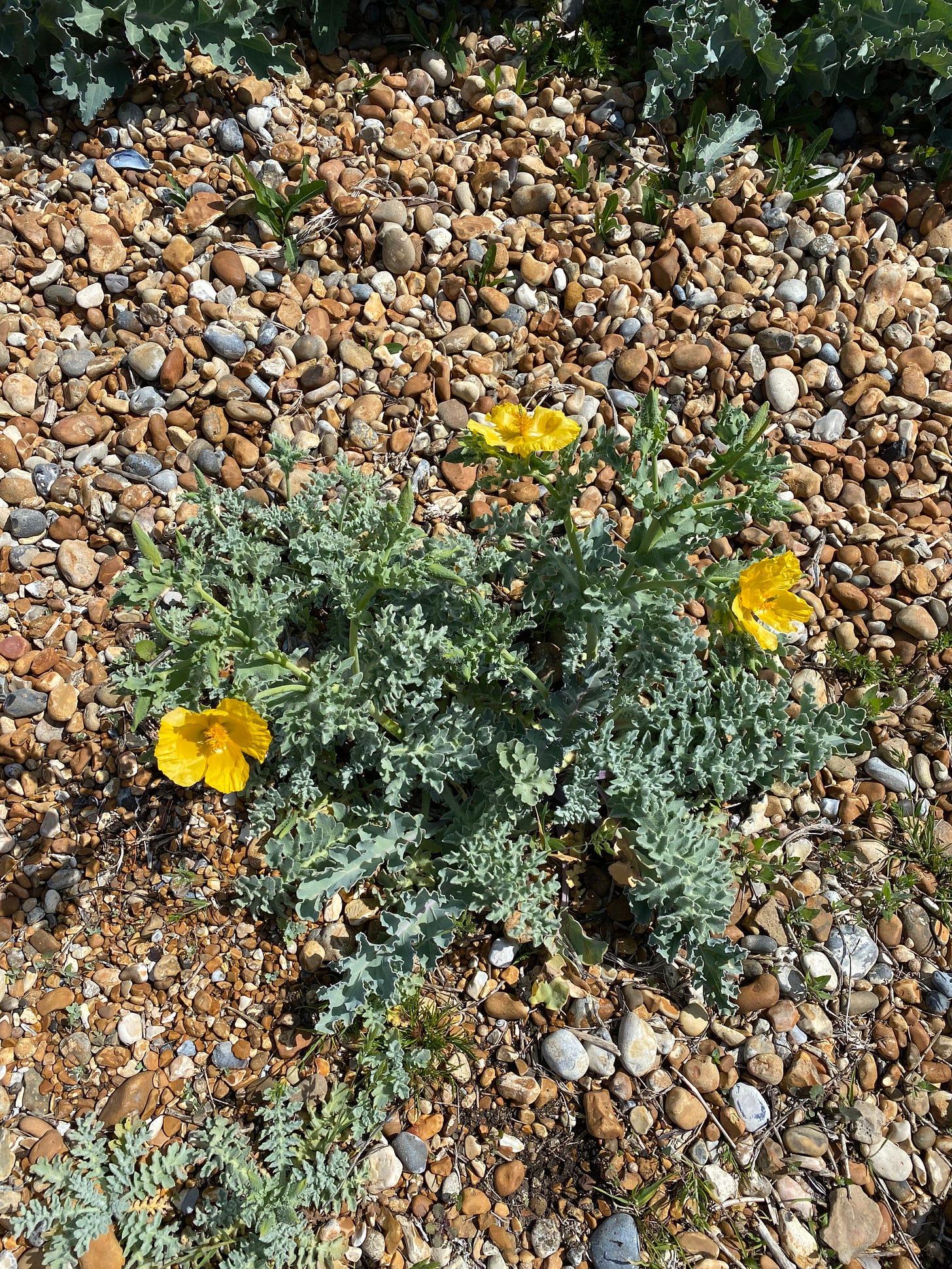
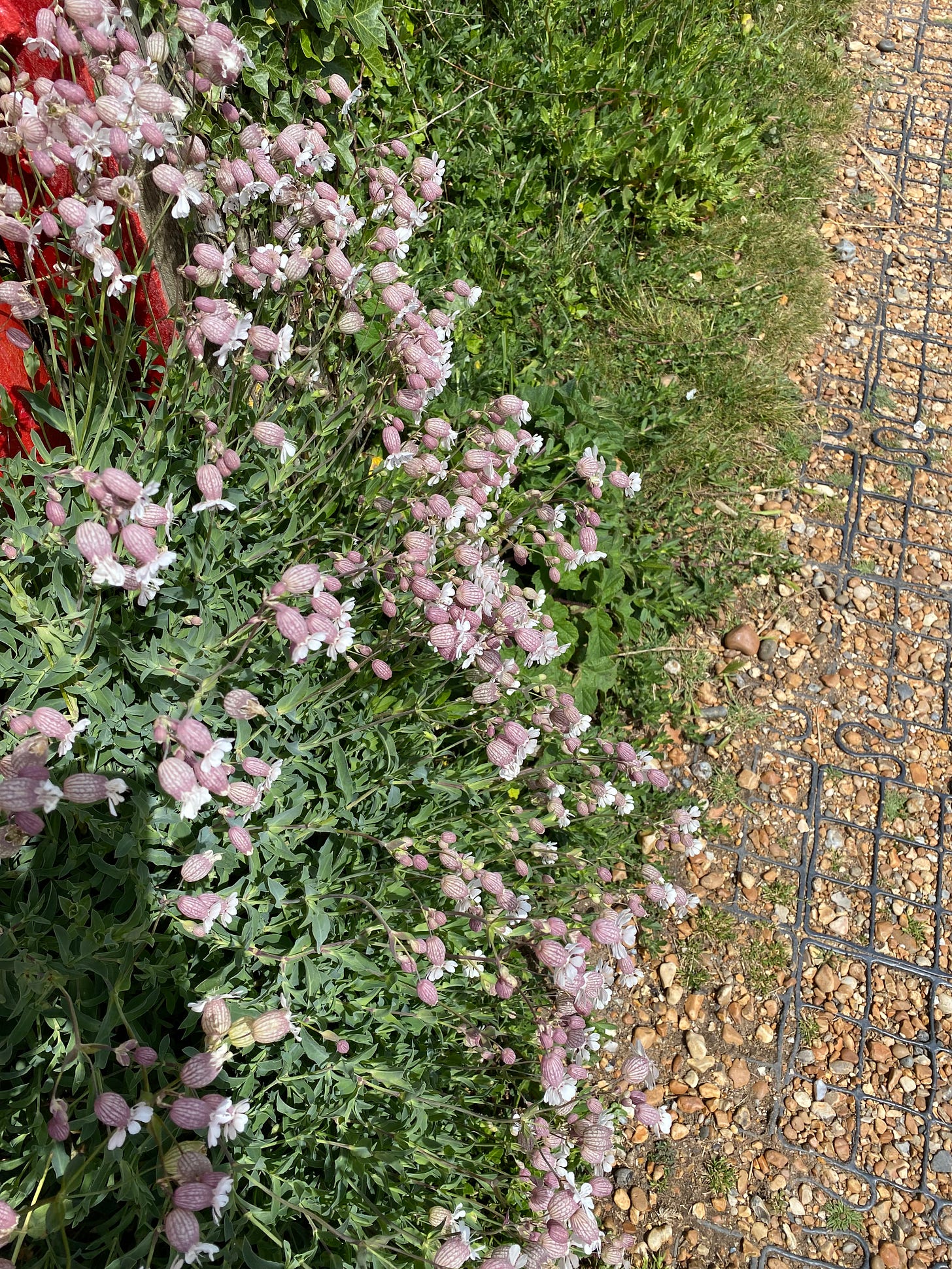
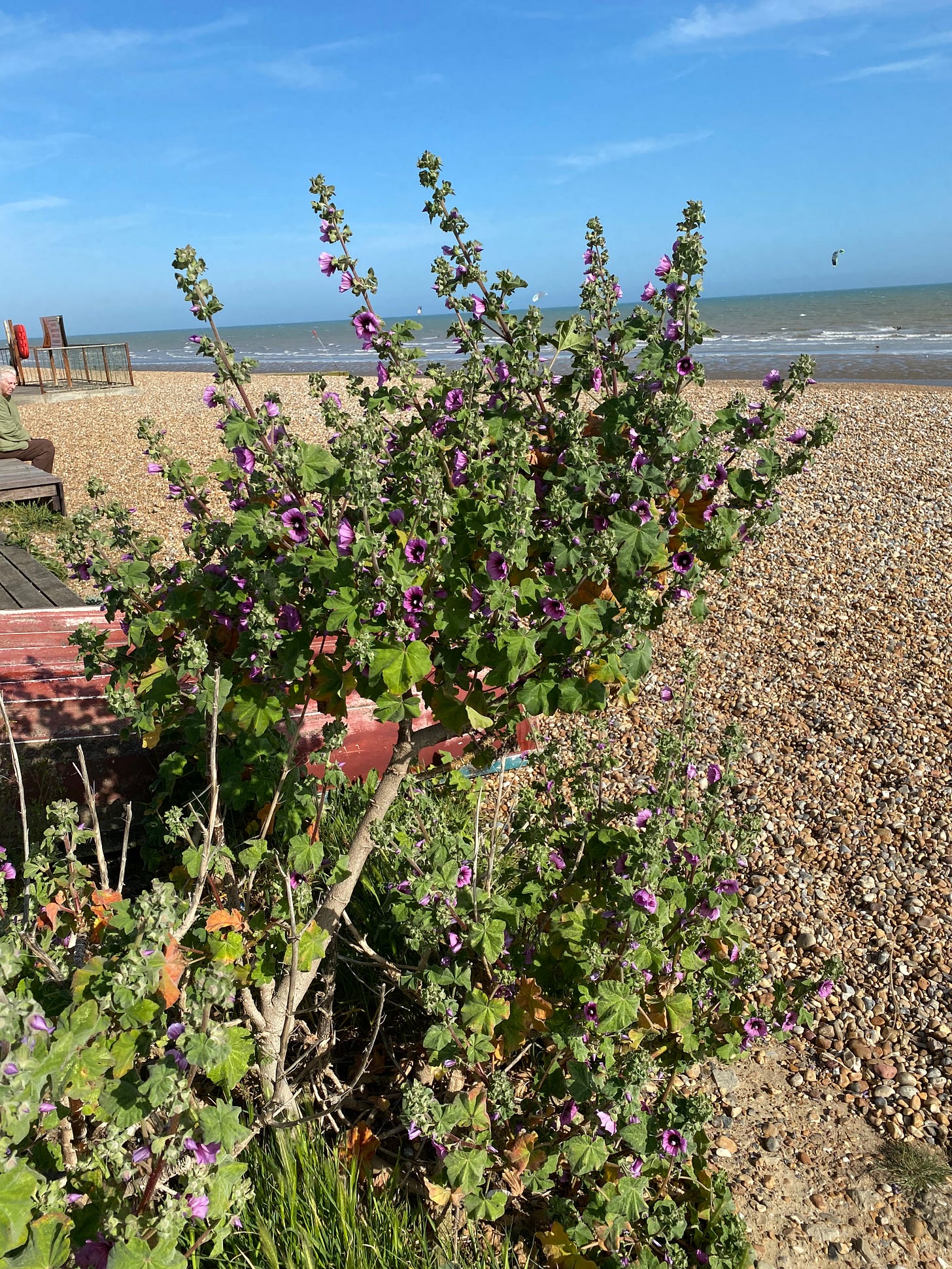
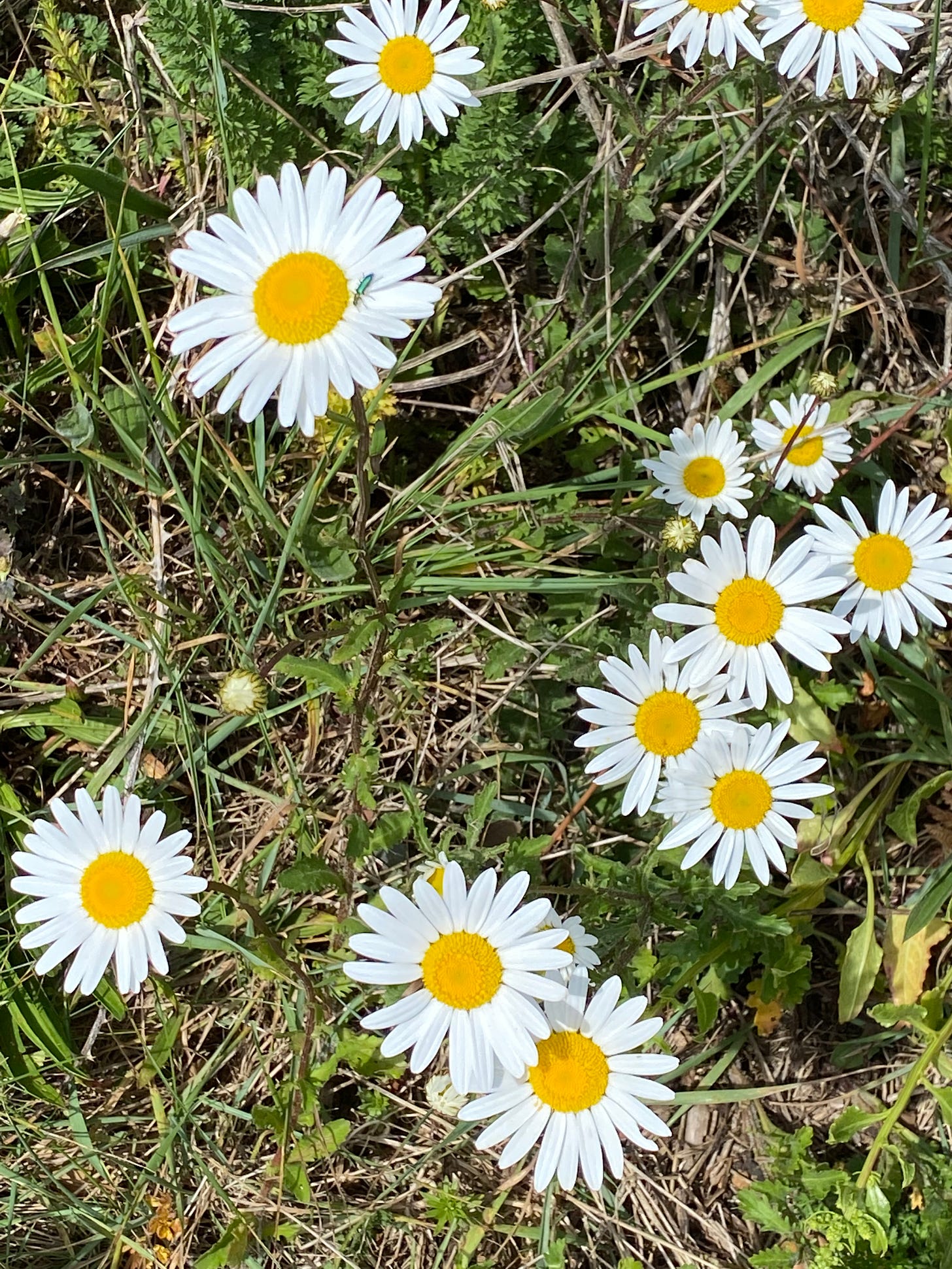
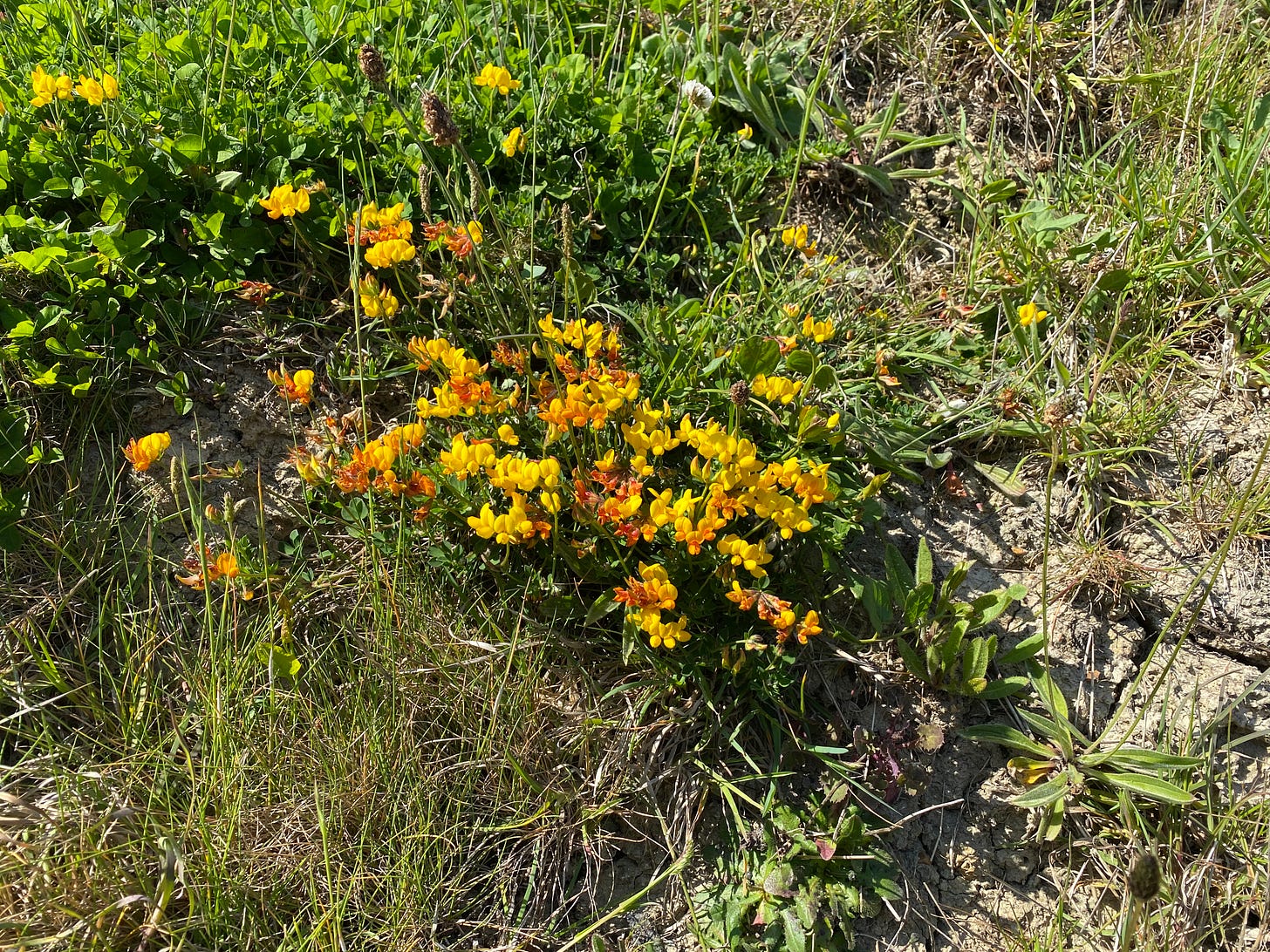
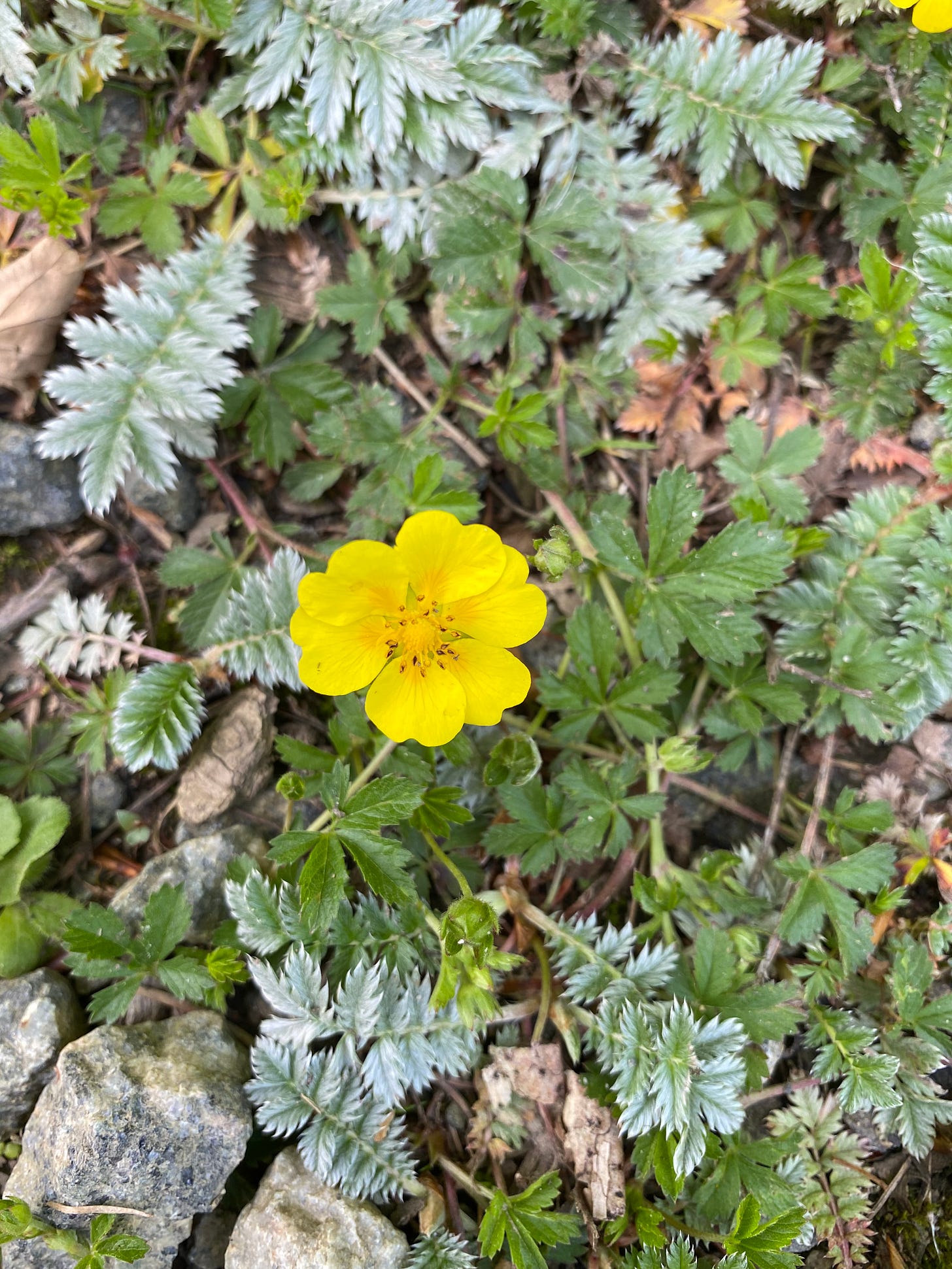
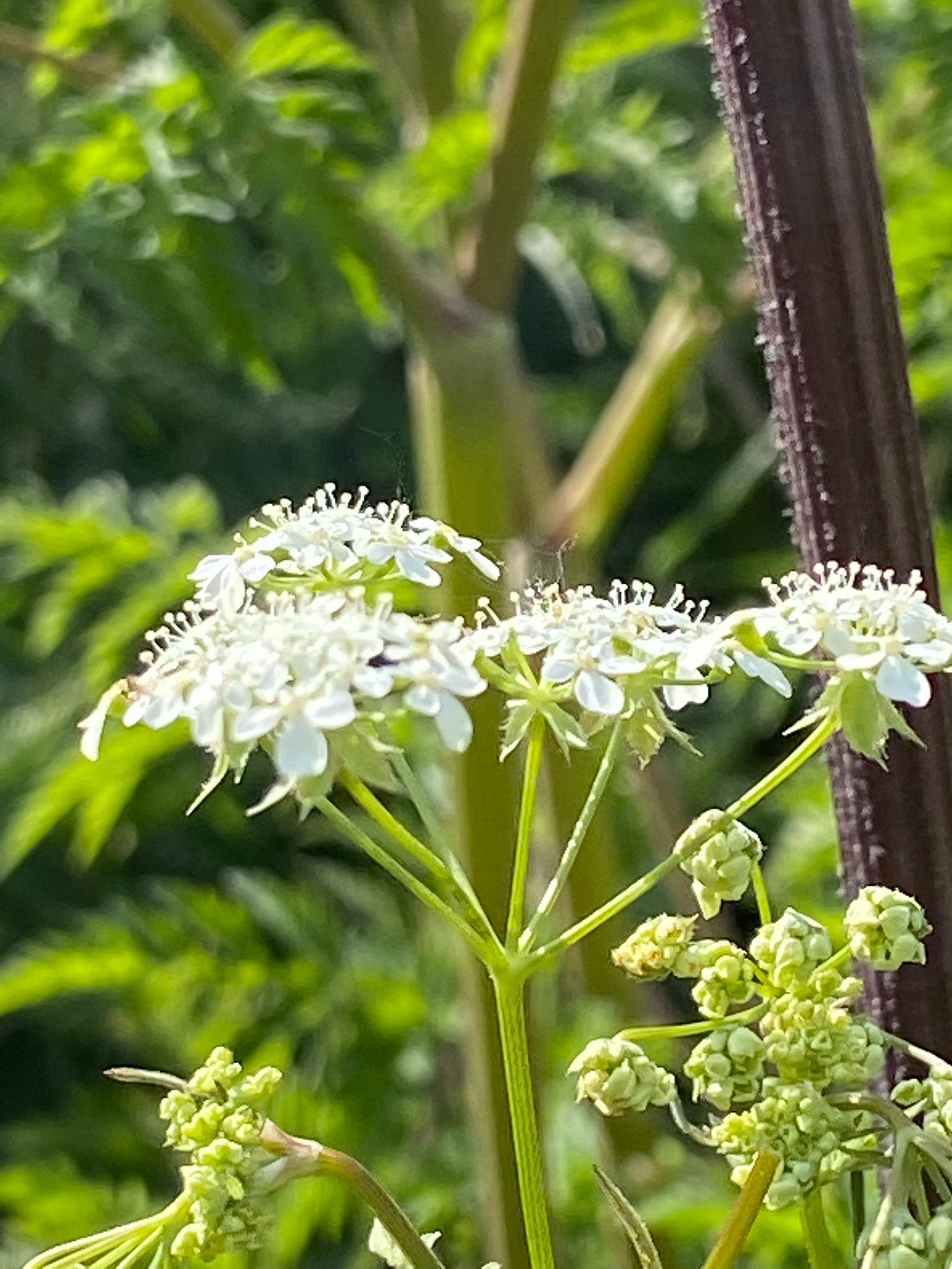

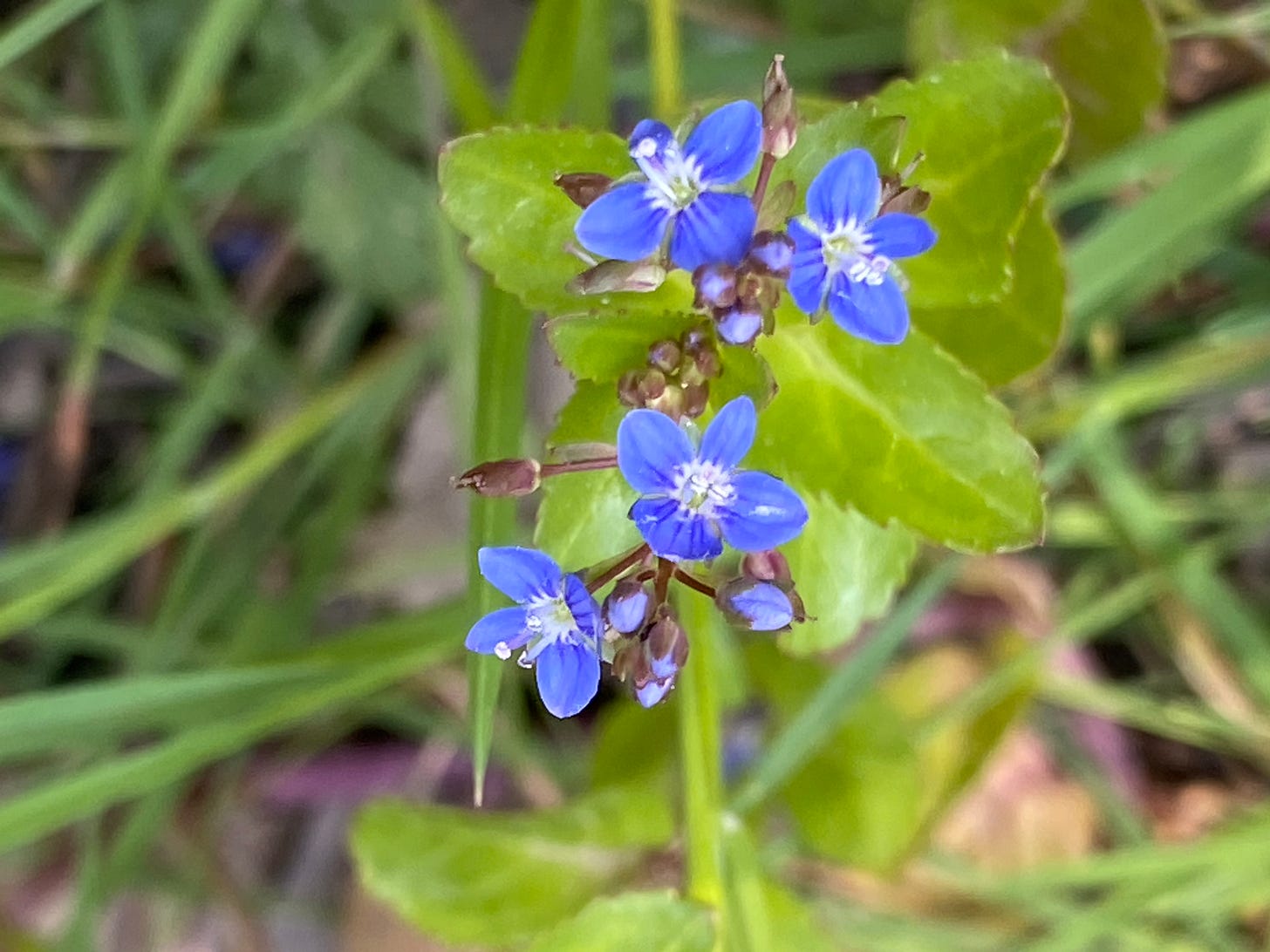
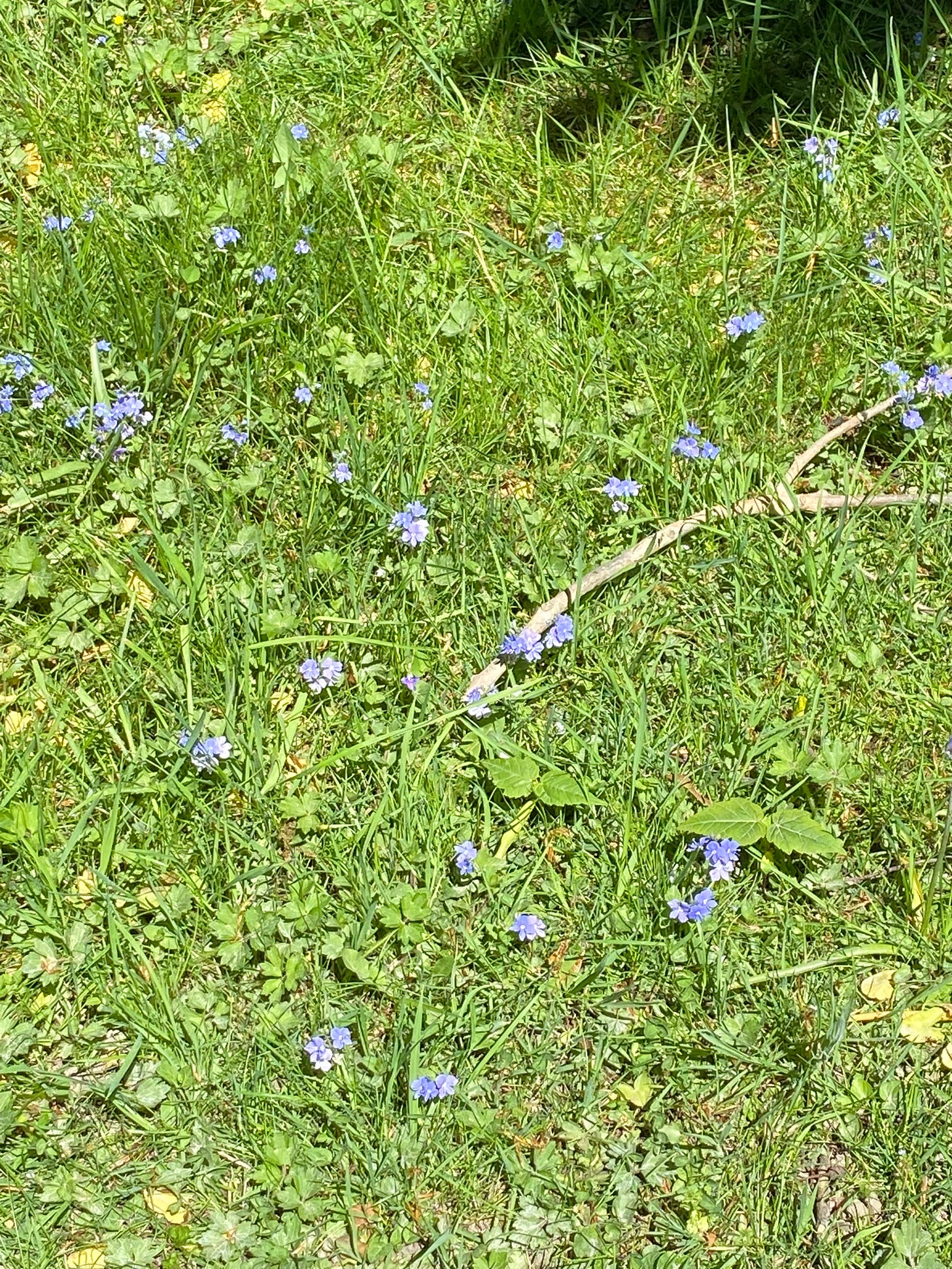
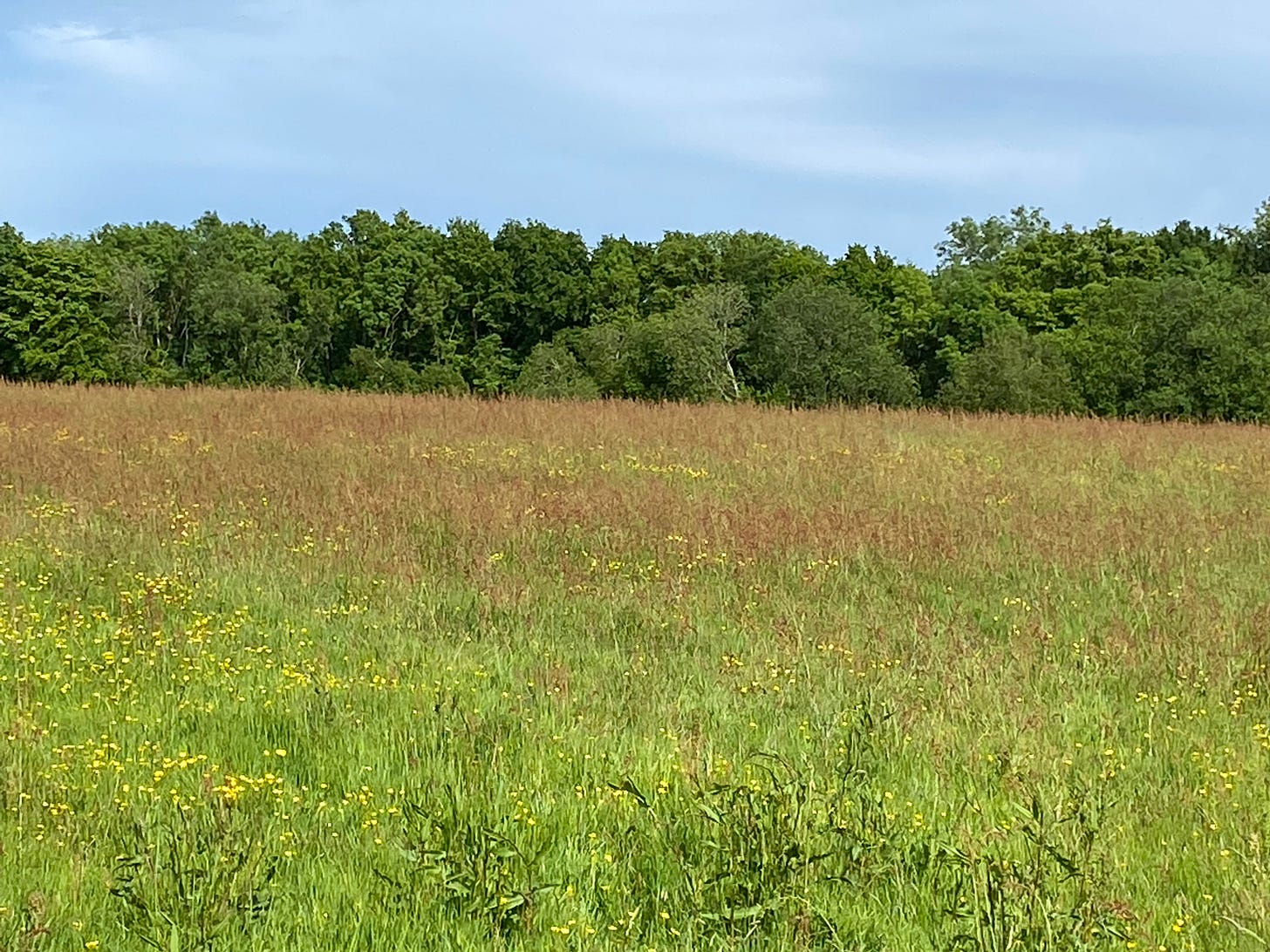
what a power starting again
I love that red brown haze too! Beautiful along the Mersey flood plane in Manchester this morning.